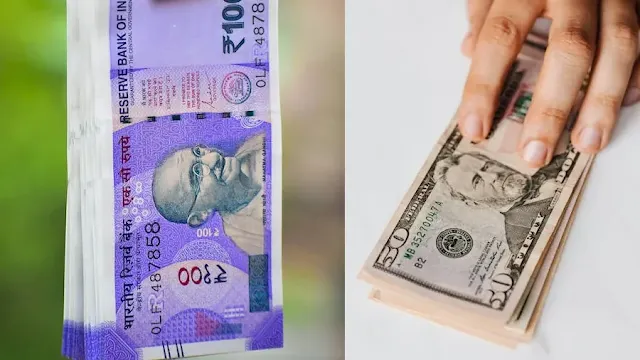Unraveling Currency Declaration for Passengers Flying Into India
Traveling brings with it a cascade of exhilarating experiences and the inevitable maze of customs and regulations, especially when it comes to carrying currency across borders. For passengers flying into India, understanding the nuances of currency declaration is pivotal to ensure a smooth entry. In this article, we'll dive into the specifics of how much Indian Rupees (INR) and foreign currency you need to declare upon arrival, guiding you through the regulations to make your journey as seamless as possible.
The Currency Declaration Threshold
As per the latest guidelines by the Customs Department of India, passengers flying into India are required to declare any amount exceeding INR 25,000. It's a common misconception that only foreign currency is subject to declaration; however, the rule encompasses both Indian Rupees and foreign currency. The essence behind this regulation is to monitor and control the flow of currency into the country, aiding in the prevention of money laundering and ensuring economic stability.
Understanding the Foreign Currency Aspect
When it comes to foreign currency, the rules are a bit more nuanced. Passengers can bring into India foreign currency without any limit. However, if the value exceeds USD 5,000 in the form of currency notes or exceeds USD 10,000 in the form of currency notes and travellers’ cheques combined, it must be declared to the Customs Authorities at the Airport.
How to Declare
The declaration process is straightforward but requires attention to detail. Upon arrival, if you are carrying currency above the mentioned thresholds, head to the Red Channel at customs. Here, you will find the Declaration Form, which needs to be filled out accurately. The form asks for details about the amount of currency you're carrying, its form (cash, travellers' cheques, etc.), and your personal details like passport number and flight details. It's advisable to prepare this information beforehand to expedite the process.
The Importance of Declaration
Failing to declare currency over the stipulated limits can lead to penalties, including confiscation of the undeclared amount. The rules around currency declaration are not just bureaucratic hurdles but are in place to safeguard the economic fabric of the country and ensure the legitimacy of the funds being brought in. Hence, compliance is not only about adhering to regulations but also about contributing to the broader economic integrity of India.
Exemptions and Considerations
It's noteworthy that certain exemptions apply, especially for residents of India returning from abroad. Residents are allowed to bring in Indian currency within the limits, aimed at facilitating ease of travel and transaction upon return. For non-residents, the focus is primarily on foreign currency, aligning with international norms of currency movement across borders.
Final Thoughts
Navigating through customs and currency regulations might seem daunting, but being informed simplifies the process. For passengers flying into India, understanding the currency declaration threshold is a crucial part of preparation. By ensuring compliance with these regulations, you not only smooth out your entry into the country but also play a part in its economic security. So, before you pack your bags for India, remember to check your currency against the declaration limits and prepare accordingly. Happy travels, and welcome to India, a land of vibrant culture, majestic landscapes, and rich historical tapestry, ready to embrace you with open arms and a few regulations for the greater good.
 Prior to GST being implemented, the overall tax rate on gold jewellery stands at 12.2%. ( 10% customs duty, 1% excise duty, and 1.2% VAT)
Prior to GST being implemented, the overall tax rate on gold jewellery stands at 12.2%. ( 10% customs duty, 1% excise duty, and 1.2% VAT)





